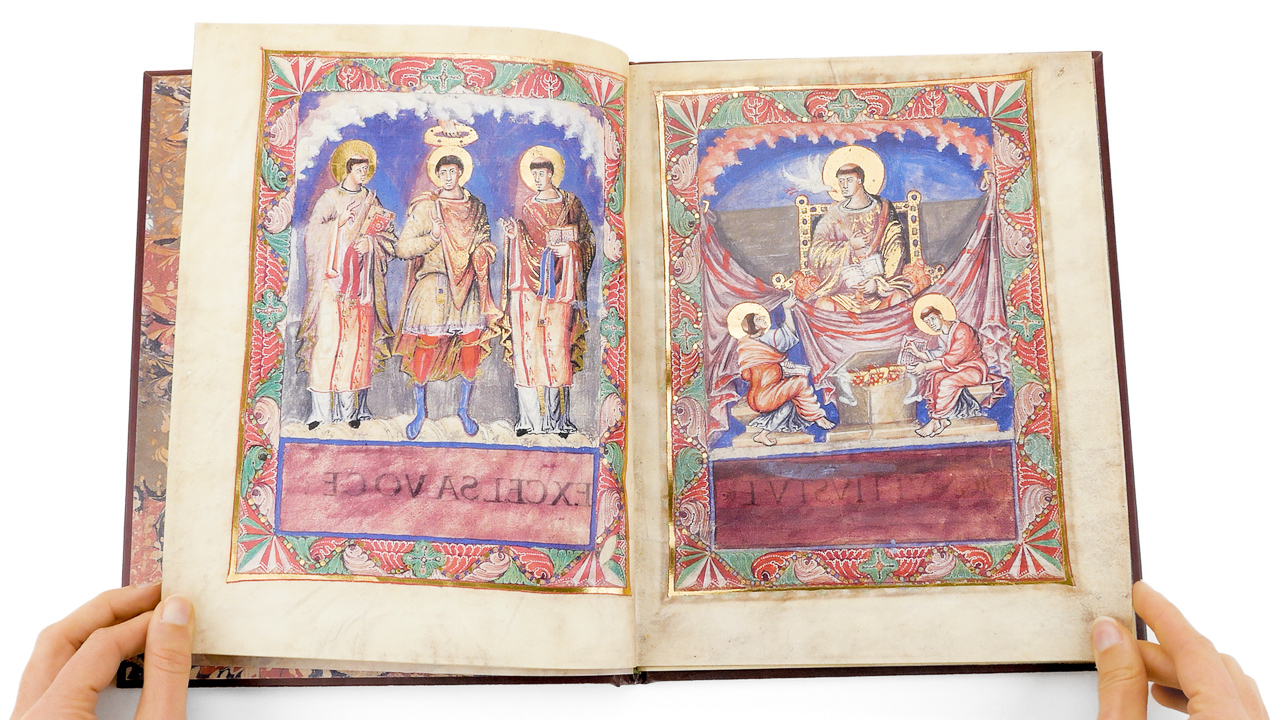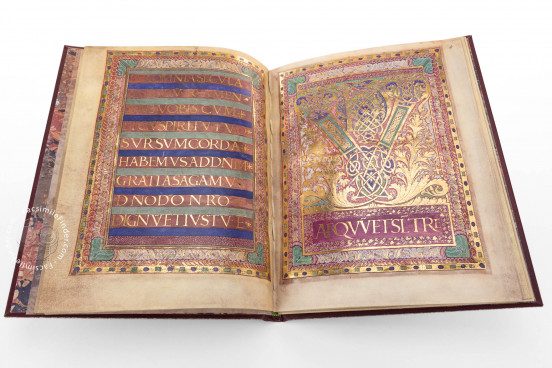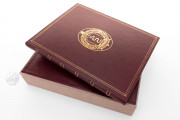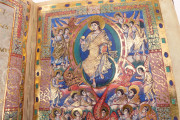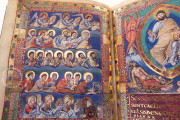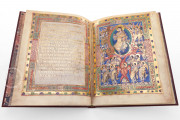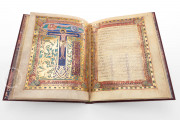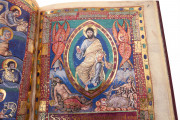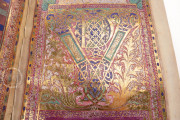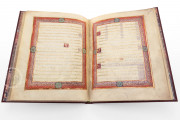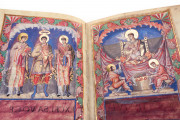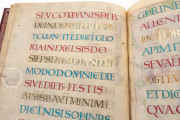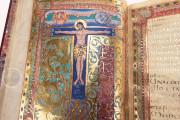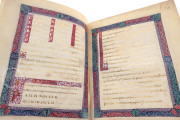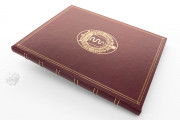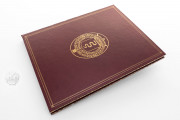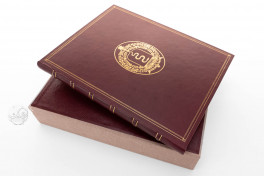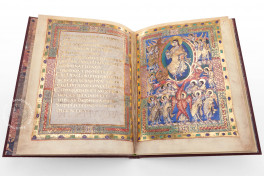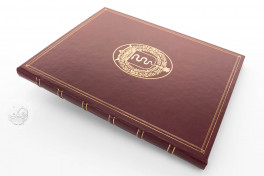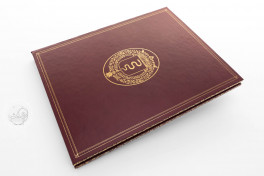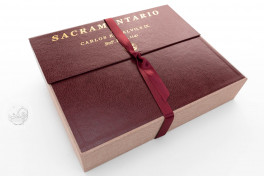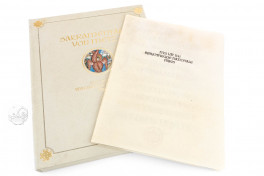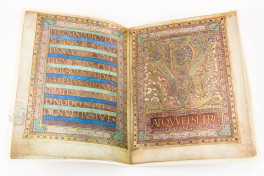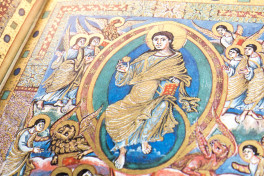The Sacramentary of Charles the Bald, once known and referred to as Sacramentary of Metz, is a fragmentary sumptuous Christian liturgical manuscript made for Charlemagne's grandson known to history as Charles the Bald. Created in Charles's court scriptorium around 870, its pages are jewels of Carolingian calligraphy and illumination. Its ten leaves include five full- or nearly full-page framed miniatures.
The text is written almost entirely in gold, much of it in display script, and most of the text pages have painted frames. Every aspect of the manuscript is of the highest quality from its rich colors and gold lettering to its ornate frames.
A Book of Prayers for the Mass
A sacramentary is a book containing the prayers said by the celebrating priest at Mass, the liturgy focused on the sacrament of the Eucharist, during which bread and wine are consecrated and consumed. The Sacramentary of Charles the Bald, at least as it is preserved to us, contains only texts that accompany the consecration and consumption of the Eucharistic elements preceded by a three-page preface (fols. 1r-2r).
Two Series of Frontispieces
The opening miniature depicts Charles the Bald flanked by deacons and on whom is bestowed a jeweled crown by the Hand of God (fol. 2v). This faces an image of Pope Gregory the Great, purported author of the Mass prayers, being inspired by the dove of the Holy Spirit as two assistants look on through a raised curtain (fol. 3r). All the figures have large, gold haloes, and each miniature includes a purple panel presumably intended to receive gold text never executed.
Another series of frontispiece miniatures shows a youthful Christ of the Second Coming enthroned within a mandorla and surrounded by evangelist symbols and angels (fol. 6r) and then Christ of the Second Coming again, this time bearded, flanked by seraphim, and approached by angels and the community of saints led by the Virgin Mary (fols. 6v-7r). The purple panel under Christ bears the text of the Sanctus, a song of God's praise that is a part of the Eucharistic liturgy.
Naturalism in the Holy Realm
The otherworldly scenes of the sacramentary's frontispieces are all rendered in a naturalistic painting style that gives a sense of three-dimensionality to the figures. Stylized clouds and the abundant use of gold place those figures in the heavenly realm.
The Crucifixion
The initial letter T of the Eucharistic prayer Te igitur forms the cross of the Crucifixion on the page that opens that prayer (fol. 7v). The image, which features an upright Christ with open eyes, emphasizes Christ's triumph over death.
Written in Display Scripts
The sacramentary is a showpiece of the Carolingian mastery of the use of the scripts of late antiquity as display writing. The opening three pages (fols. 1r-2r) are written in Uncials in lines of gold, green, and red, and Uncials are also employed for most of the text on the remaining pages. Some text is written in golden Rustic Capitals, and the remainder in Caroline Minuscule, also in gold.
From Jumièges to the Royal Library
Although an early report claimed that the sacramentary had been kept at the cathedral church of Saint-Étienne at Metz, in truth it was found in the seventeenth century at the Benedictine abbey at Jumièges, when it was acquired and copied by the bibliophile Jean Ballesdens (1595-1675). Upon Ballesdens's death, the manuscript came into the collection of Jean-Baptist Colbert (1619-1683), which was sold in 1732 to the Bibliothèque royale, whence it entered the Bibliothèque nationale (now Bibliothèque nationale de France).
We have 2 facsimiles of the manuscript "Sacramentary of Charles the Bald":
- Sacramentario de Carlos el Calvo facsimile edition published by Orbis Mediaevalis, 2022
- Das Sakramentar von Metz facsimile edition published by Akademische Druck- u. Verlagsanstalt (ADEVA), 1972

